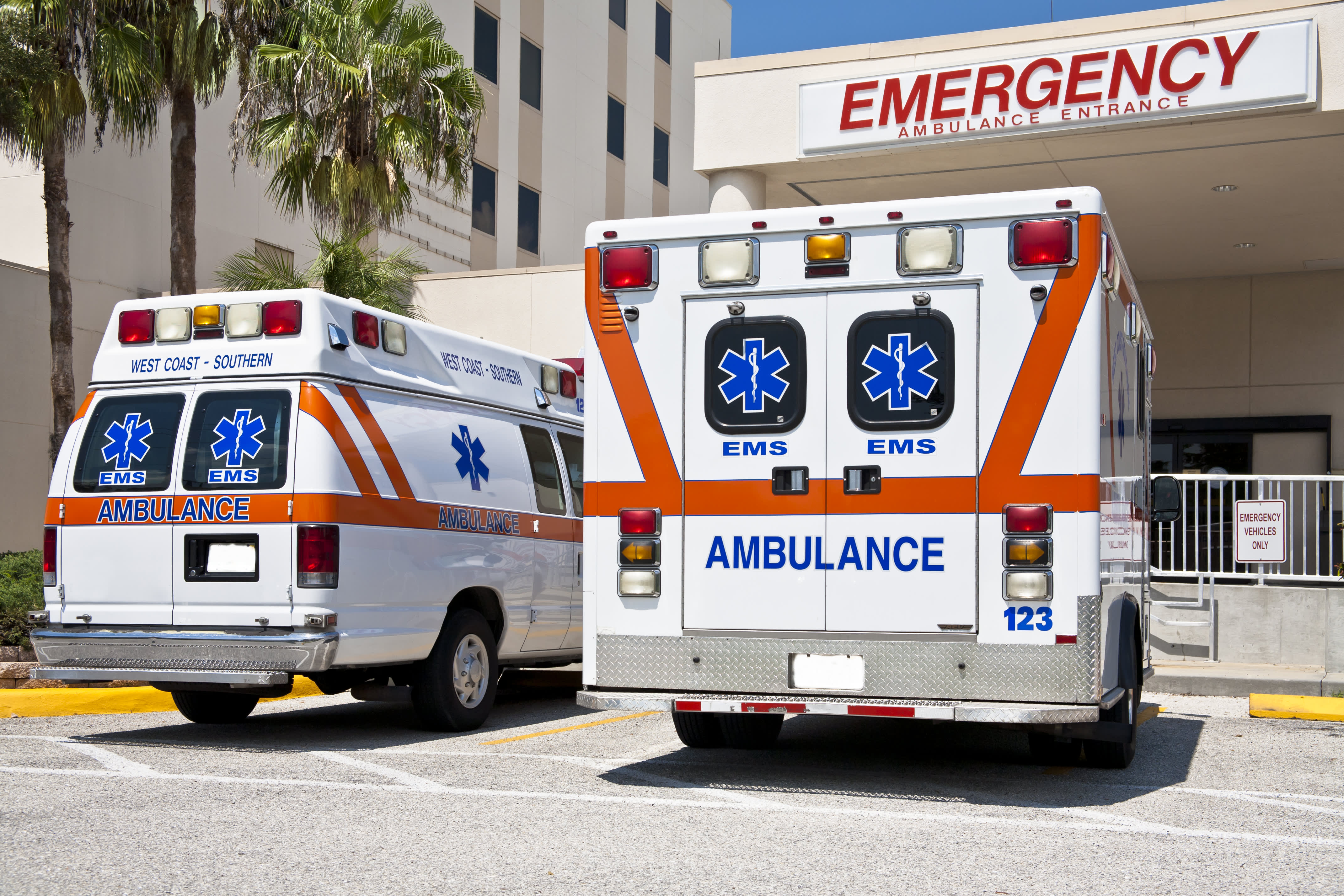Service & Details
One solution to better care

Ambulance services
Ambulance services are essential components of emergency medical care, providing critical transportation for patients to medical facilities in urgent situations. These services can range from basic life support (BLS) to advanced life support (ALS) and include various types of vehicles equipped to handle different medical emergencies. Here’s an overview of ambulance services, including types, functions, and considerations for effective utilization.
Types of Ambulance Services:
Emergency Ambulance Services:
- Respond to life-threatening situations and emergencies, such as cardiac arrest, severe injuries, or respiratory distress.
- Staffed with trained emergency medical technicians (EMTs) or paramedics who provide immediate care en route to the hospital.
Non-Emergency Medical Transportation (NEMT):
- Used for patients who need transportation to medical appointments, rehabilitation, or follow-up care but are not in immediate danger.
- Often equipped with basic medical supplies and may be staffed by trained personnel.
Air Ambulance Services:
- Helicopter or fixed-wing aircraft used for rapid transport of critically ill or injured patients, especially in remote or inaccessible areas.
- Equipped with advanced medical equipment and staffed by paramedics, nurses, or physicians.
Mobile Intensive Care Units (MICU):
- Advanced ambulance services that provide critical care similar to what is available in a hospital.
- Equipped for high-acuity patients needing advanced life support.
Specialized Ambulance Services:
- Some services cater specifically to particular patient populations, such as pediatric or neonatal transport.
- Equipped with specialized equipment and staff trained to handle unique needs.
.png)